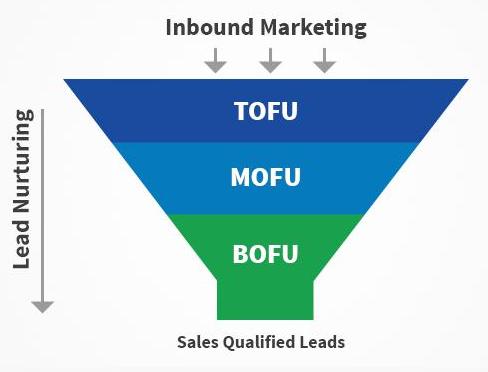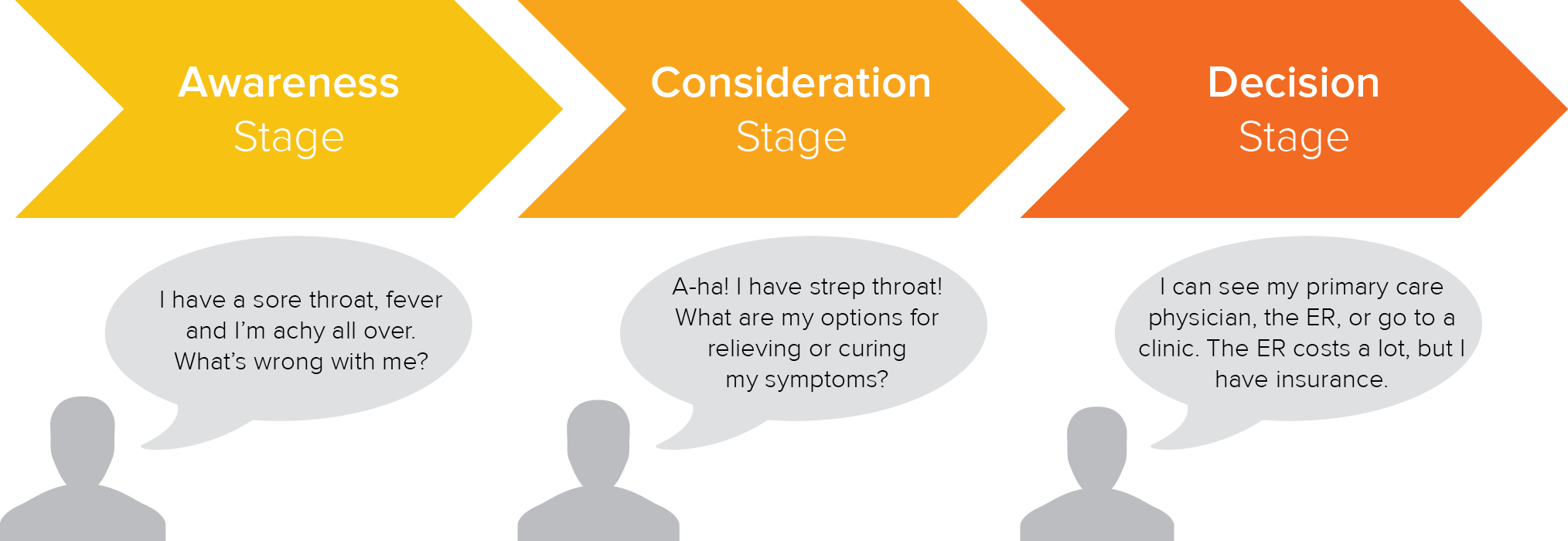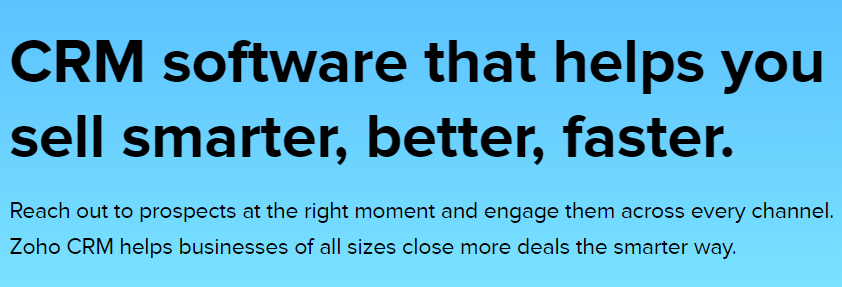As a SaaS, or indeed any kind of business that operates online, having a well-oiled sales funnel which produces conversions is essential.
It can be particularly frustrating if that sales funnel has a “leak.”
You get plenty of traffic coming in at your “top of funnel” offers, but somewhere along the way, people drop off until your conversion rate is just a fraction of what you’d like it to be. Considering we often invest a lot of time and marketing spend into drawing traffic, it would be great to get the results, right?
While no two SaaS are exactly the same, there are some general tips for improving those conversions and plugging up any leaks. Let’s take a look:
The sales funnel
Let’s begin with a quick primer: the “sales funnel” is descriptive of the various stages of lead nurturing, from a customer first discovering your business, to them making a decision to purchase. The diagram below from Digital Brains is a typical depiction of what that sales cycle looks like:

- TOFU (Top of Funnel) is the introductory period, where a potential buyer is recognizing they have a problem, then looking for information and potential solutions. This is a period where you try to qualify leads to move them onto the next stage (or they decide you’re not for them and take themselves out).
- MOFU (Middle of Funnel) is a time to educate potential buyers and highlight how your solution is the best choice. This is a time where people become genuine leads.
- BOFU (Bottom of Funnel) is the point where the customer has investigated options and is in a position to buy. This is often where they are guided to free trials.
Of course, at any stage along the points of the funnel, prospects may leave. This is to be expected (hence the shape, depicting more people entering at the top), however, if people otherwise seem to be a great fit but aren’t converting in reasonable numbers, you may have a leakage problem.
How the sales funnel and customer journey relate
We have written previously about the customer journey – the path that customers take through awareness, consideration, and decision-making, before becoming a buyer. As a quick refresher, the HubSpot diagram below shows that journey:

The customer journey can be mapped to the different stages of the sales funnel, so that you can use it to plan out the sorts of activities that will engage customers at the right stages. For example, the TOFU stage might contain a lot of “problem awareness” content, whereas, at MOFU, you’d head more toward solution awareness, giving people options as per the consideration stage of the customer journey.
For SaaS, and any other business where perhaps sales cycles are more complex, the customer journey is not necessarily a linear one. You’re worried about things like:
- Generating new product leads.
- Ensuring those leads are actually appropriate/qualified for your product.
- Targeting the right groups or segments.
- Optimizing the customer experience inside the software.
- Reducing churn.
People can “leak” from your funnel at any stage, including after they’ve signed up for your product, hence you also need to have a healthy focus on reducing churn. Depending on the complexity of your product, this is going to look slightly different in execution – you may have a basic, out-of-the-box product, or one which generally requires the assistance of a sales team to close, for example.
Tips for improving conversion
There are actually a lot of possible things you can do to improve conversion, depending on what your particular issues are. Let’s look at a few general tips for plugging those leaks in your sales funnel:
#1. Have a clear value proposition
This is really the inverse of a common mistake that SaaS make – not having a clear value proposition for customers. This is what will define your product and make it stand out among competitors in your field.
When a potential customer is consuming “solution awareness” content during that MOFU stage, they’ll also look to eliminate possible options, especially where you might be in a competitive field. If your value proposition really doesn’t stand out from anyone else’s, you may find your product on the cut list. Why is it that you do what you do, and how do you do it better than competitors?
The same can be said for customers at a very early stage, perhaps where what you do and who you do it for hasn’t been made as clear as possible. Visitors to your website should be able to tell with a quick glance exactly what you do. They’re not going to waste time on trying to figure it out if they have other options to look at.
The example below of Zoho’s value proposition hits you as soon as you land on their website. It’s snappy, and clearly communicates exactly what it is that they do.

#2. Monitor key data
Among SaaS, because you tend to have a longer term relationship with customers and a lot of opportunities to monitor data, cohort analysis is often suggested as a way to gain good insights into your business and the customer experience with you. This can provide you with valuable data for which you can make targeted improvements.
For example, a cohort might be:
- Everyone who signed up for a free trial in April – what messages did they engage with? What feedback did they give? Are their commonalities among those who dropped off, or those who stayed?
- Every client who has been with you for six months or longer – what keeps them with you?
There are a number of ways to look at cohorts, as this Kissmetrics article shows, but however you slice it, there are some important questions to ask:
- Will the data I get from these cohorts produce insights that can change my marketing strategy?
- Will I be able to clearly know what’s working and what’s not when it comes to marketing?
- What targets do I need to hit this year? Will this cohort help me improve that metric?
Besides this sort of in-depth data, you should have your basic metrics nailed down too. At which point in your funnel are you seeing a lot of people drop out? Are there particular messages or pieces of content that they’re either getting or not getting? Comprehensive monitoring of your funnel and knowing the metrics you want to hit will help you manage it.
#3. Have a solid lead nurturing program
Lead nurturing plays a major role in getting customers through each stage of your funnel. Unlike ecommerce sales, where lead nurturing usually happens after a sale, SaaS need to carefully manage communications through each stage of the funnel.
The thing that many often struggle with is having the time to follow up properly. Often there is so much focus on lead generation and onboarding, that the piece in the middle can become neglected. There is plenty you can do with some good automation though, as well as making yourselves available for any customer queries.
What might a good lead nurturing program look like? Here are a few must-haves:
- Drip email campaigns. Communicate regularly and for optimized results, segment your audience appropriately.
- Use clear calls to action.
- Make use of case studies and demos.
- Share customer reviews and testimonials.
- Tell relatable stories – in essence, lead nurturing is about building trust with your audience.
- Have clear ways for potential customers to ask questions or get help – make it easy! Sometimes people just want an answer in order to get them to the point of purchase, but will give up if that seems like a hard task. To further enhance your understanding of your market and competitors, consider leveraging tools that allow you to scrape Google Maps search. Such tools can provide invaluable insights into local competitors, customer reviews, and market trends, enabling you to refine your lead nurturing strategies with precise, data-driven insights.
#4. Optimize the onboarding experience
When people reach the BOFU stage, if everything has gone well, they might sign up for your free trial. This isn’t the end of the story though, how many free trial signups do you get who never convert to a paid subscription?
This is where optimizing the onboarding experience to provide the best possible environment for the customer to get value from your product is important. Your aim is to get anyone on a free trial using the software and achieving something from using it. You hope that they absolutely love it and want to sign up!
There is a lot we can say about onboarding – it’s a huge topic in itself, which may involve low-touch or high-touch onboarding, depending on the complexity of your product. To boil it down, the aims of optimizing should be to:
- Help the customer achieve success with the software.
- Provide the customer with an excellent experience.
- Answer any vital questions that the customer may have (and make that process easy for them).
Final thoughts
There is a lot more we could say about repairing leaky sales funnels, but we’ve talked about four key areas in which SaaS commonly make mistakes.
We could also add that, if you have a real problem with losing leads, have you ensured that those leads were properly qualified in the first place? Having a clear value proposition as we talked about, can help with this. If you’re as clear as possible, the right people will tend to self-select in or out.
Overall, having a very clear picture of who your ideal customers are and how to engage with them throughout their journey is an essential piece of plugging those leaks. Know their needs, then implement a good communication strategy.
Koombea builds quality apps for SaaS. Talk to us about how we can help you today.
